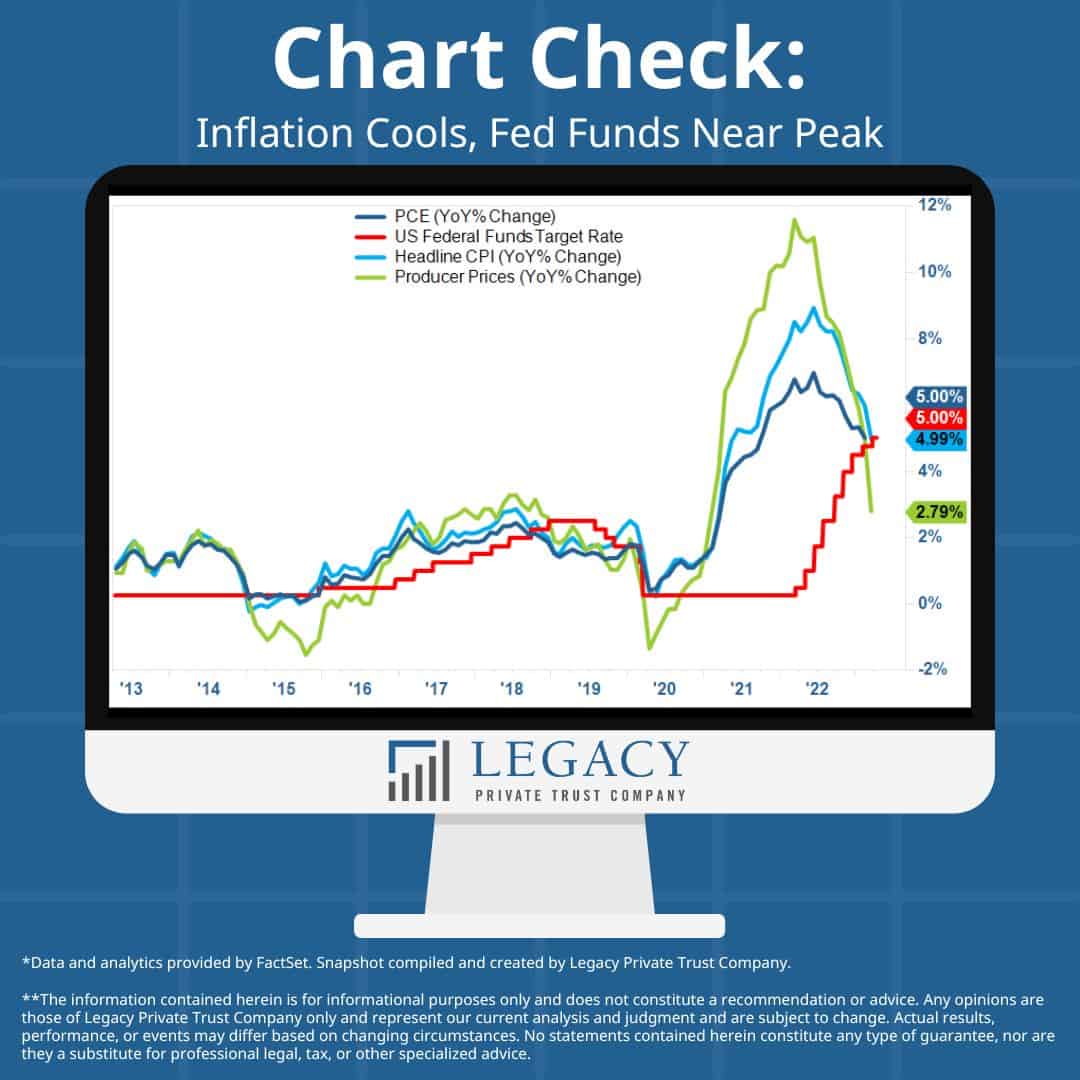Friends, buckle up. The situation in Gaza just took a dramatically worrying turn. Reports coming out of Palestine confirm that Israeli airstrikes targeted eight homes in southern Gaza’s Khan Younis early this morning, resulting in a devastating loss of 23 lives and leaving dozens more wounded. This isn’t just about numbers; it’s about shattered families and a worsening humanitarian crisis.
Let’s be clear: this escalation throws a colossal wrench into already fragile ceasefire negotiations. We’ve been cautiously optimistic, hoping for a de-escalation, but this action suggests a willingness to push forward with military objectives despite international pleas for restraint. It’s a gamble with potentially catastrophic consequences.
Understanding the Context: Gaza and the Cycle of Conflict
The Gaza Strip has endured decades of conflict. Understanding the historical roots of this current crisis is paramount.
It’s a densely populated area, facing significant economic hardship, coupled with restrictions on movement. This breeds resentment and creates a volatile environment.
The conflict isn’t a vacuum. It’s intertwined with the broader Israeli-Palestinian conflict, tied to land disputes, self-determination, and security concerns.
Understanding the political motivations of all players – Hamas, Israel, and international actors – is crucial for informed analysis. And let’s not forget the human cost – the innocent civilians caught in the crossfire.
This latest strike inevitably raises serious questions about proportionality and the protection of civilian lives under international law. The world is watching, and the pressure for accountability is mounting. Investors, take note: geopolitical instability always spills over into markets. Expect volatility in the short to mid-term. We need to stay vigilant and informed.






